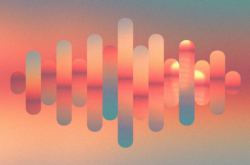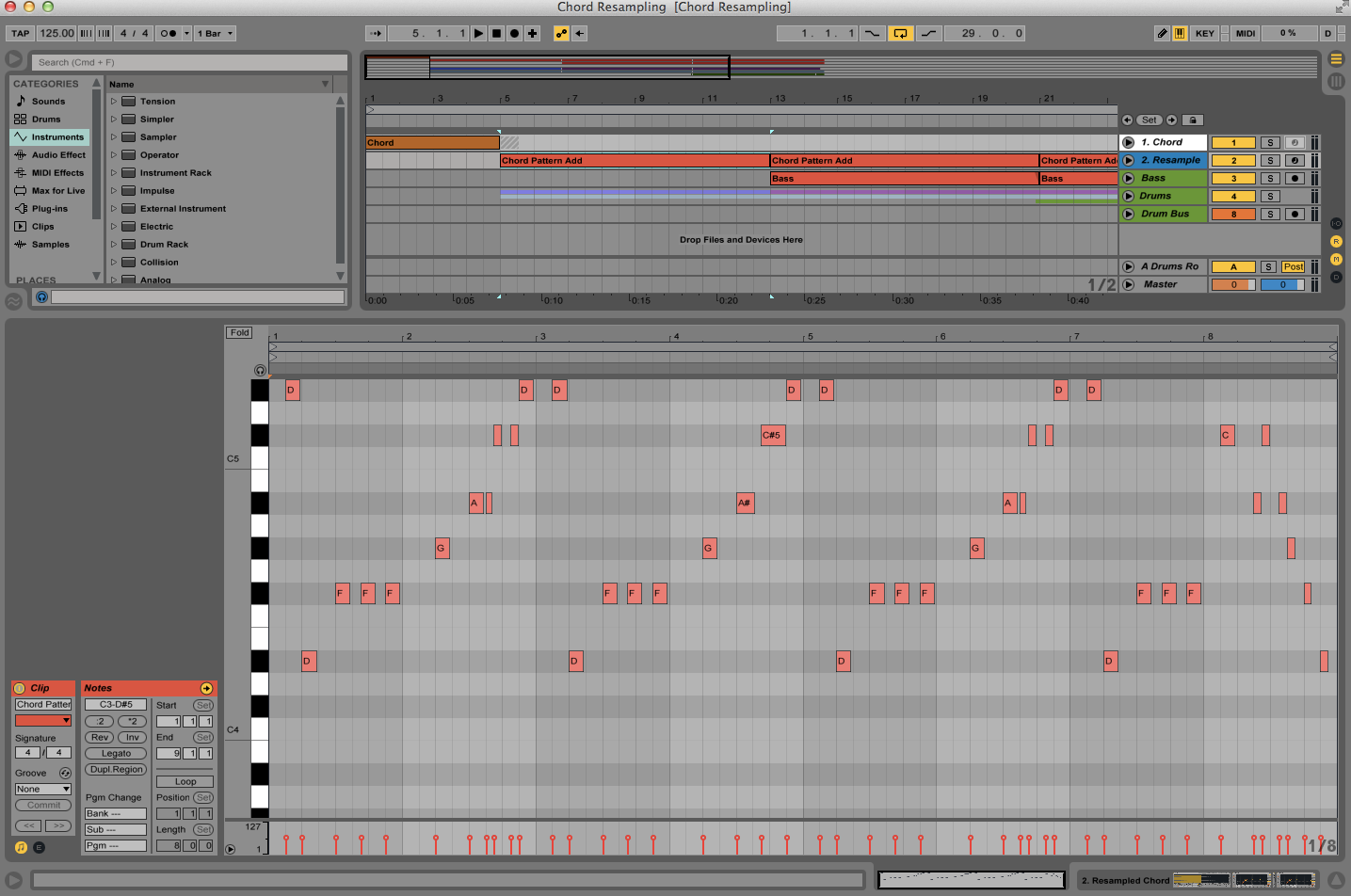Part of being an effective music producer, composer, and arranger is knowing what music characteristics make the genre you are working on.
In this article, and many more to come, we will be looking at different genres, analyzing its elements and styles, and looking how we can curate samples in Splice Sounds to give us a starting point at producing music in a particular genre.
Sign up and subscribe to Splice Sounds and follow along by downloading the genre repack at the bottom of this page.
This week, we will be looking at funk.
Brief History
In the late 1950s and through the 1960s, before funk, America’s radio airwaves were filled with vanilla-sweet R&B hits by artists such as Marvin Gaye, The Temptations and, Smokey Robinson. Music arrangements had strings, sweet backing vocals and straight drum grooves. However, there was one artist that started the evolution of funk. That man is James Brown, who began his career in the 1950s as an R&B singer. By the 1960s, he had become an influential figure in the black community and in 1967, he had left soul for funk with his hit “Cold Sweat”. That song influenced how funk music should sound with the bass at the forefront, syncopated rhythms and tight musicianship. Only in the 1970s that funk started to rule the airwaves and consume its followers. Artist such as Funkadelic / The Parliament, Sly & The Family Stone, Rick James pioneered funk in a way that it became an anthem for black America. The music allowed them to express themselves, to be free and rock the dance floor with rhythms tracing back to their African American ancestors.
To ascertain how a musical style works, we would need to quantify them into a few categories. For this week, we shall break down and analyze funk by looking at its vocal style, tempo and meter, instrumentation, and harmonic and rhythmic content.
Breaking it down
1. Vocal Style: In funk, vocal styles are often short and repetitive phrases. Unlike the sweet crooning of the earlier r&b styles of singing, funk often incorporate vocal that go together with the repetitive groove nature of funk.
2. Tempo & Meter: Most funk songs are written using the 4/4 meter with a strong slow groove. The average tempo of a funk tune would range between 90 – 110 bpm. This is a comfortable for most people to get down and dirty on the dance floor.
3. Instrumentation: The drums and bass are two instruments that form the base of a funk song. With just this two instruments, you can actually make a funky tune. However, when it comes to funk, anything goes. Standard tunes often include, electric guitar, keys, horns such as saxophones and trumpets and even synths.
4. Harmony: There are a few chord qualities and chord progressions that are mainly identified with funk music. Popular chords include E9, E7 and E7 + 9 (also known as the ‘Hendrix Chord’). James Brown’s “Sex Machine” is a vamp of the Eb7 chord with a funky bass line. Kool & The Gang’s “Who is gonna take the weight” is also a vamp of the E7-9 chord. It is worth noting that most funk songs are mostly built on one chord. What makes it funky is the groove.
5. Rhythm: Funk is grooved based, syncopated music with accents on the down beat. A strong bass line makes funk distinct from most other genres. Motown bassist, James Jamerson brought bass to the forefront of pop music and funk built on that as a foundation by creating bass lines that were melodic centre pieces of a song. Bassists like Bootsy Collins and Larry Graham are note worthy bassist worth getting to know and listen. Graham is often credited with inventing the ‘slap bass technique’. Funk also employs more complex rhythms and are often played together in a tight groove with a full band.
How to get started
Now that you’ve read what funk entails and (hopefully) heard some of the music references, we should have the basic information to get started in creating a funk inspired track. A great starting tool to get inspiration is through Splice Sounds. With over 700,000 samples and 2,000 sample packs at your disposal, it is pretty easy to get started searching for samples, splicing them and adding them to your project to get things started. You can sign up for Splice Sounds here.
We created our own funk track with Splice Sounds, and share the sounds and details on how we chose to apply them below.
Drums & Percussion
The drums in this pack are from the the Acoustic Funk Drums pack. The pack has a great selection of well recorded drum kits played by Trevor Smith. We chose a loop that had a simple but yet steady beat to provide the foundation for the bass guitar to riff on. The afro-latin percussion comes from the Lack of Afro Presents Soulful Breaks pack that features 62 grooves from a variety of high quality instruments. The original BPM of the drum loop was 101, but a simple quantization using Logic’s flex time made the loop work in the project’s BPM of 100.
Bass
The bass from the first half of the project is from the Electric Funk Bass pack and the synth bass samples are from the Opolopo Electro Funk pack. Both packs provide a good starting to point to source out great groovy bass sounds for your song with plenty of choice of loops or one shots. If you noticed, in all of the examples, there is only one chord in each progression. What matters here is how the bass player’s note choice and groove that makes up how funky you want a piece to me. .
Horns & Guitar
The horns and funk guitar on this track are from Baker Brothers Vol. 3 and Funk Guitar – Chips n Chops. I would like to point out that the Baker Brothers series have a well recorded collection of live instruments such as drums, guitar, and horns. If you are looking for that vintage, analog sound, I would highly recommend that pack to start with.
October 23, 2015



